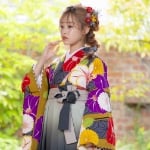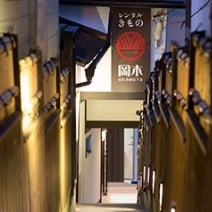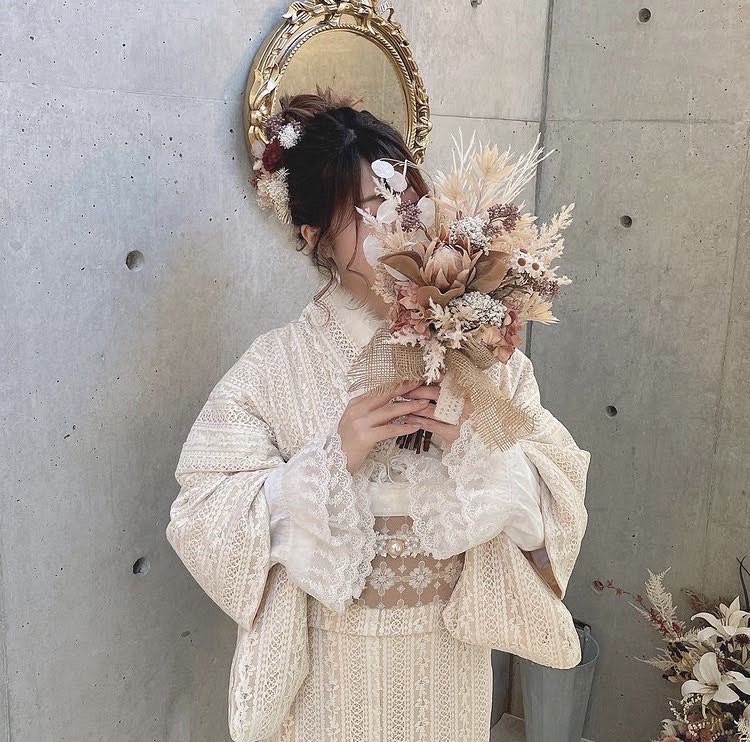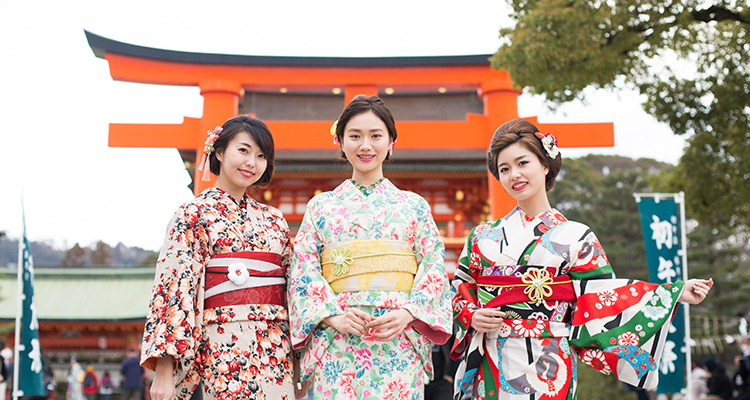
special fearure・column
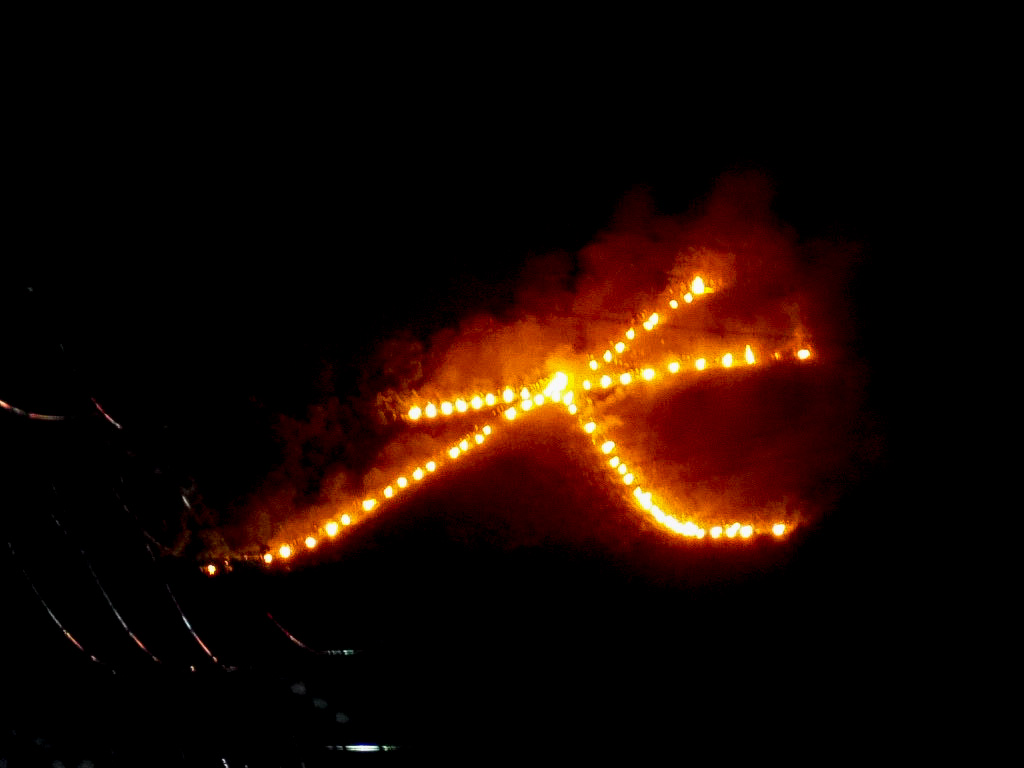
Have you heard of Kyoto’s Gozan Okuribi (Daimonji Fire Festival)?
- What is Gozan Okuribi (Daimonji Fire Festival)?
- Origins of Gozan Okuribi
- Blessings and Beliefs
- How the Fires Work
- Daimonji (大)
- 📍 Best Viewing Spots
- MyoHo (妙法)
- 🕺 Traditional Bon Dance at the Base
- 📍 Best Viewing Spots
- Funagata (Boat Shape)
- 📍 Best Viewing Spots
- Hidari Daimonji (左大文字)
- 📍 Best Viewing Spots
- Torii-gata (鳥居形)
- 🏮 Lantern Floating on the Same Night
- 📍 Best Viewing Spots
What is Gozan Okuribi (Daimonji Fire Festival)?
Held every year on August 16th, Gozan Okuribi—also known as the Daimonji Fire Festival—is one of Kyoto’s most iconic summer traditions.
This spiritual event marks the end of the Obon holiday, when ancestral spirits who have returned to visit are sent back to the afterlife. At nightfall, five giant bonfires are lit on Kyoto’s surrounding mountains to guide these spirits safely home. Each fire illuminates the darkened sky with sacred intent, symbolizing prayers for the spirits’ peaceful return and protection from illness or disaster.
The five symbolic fires are:
“Dai” (大) on Mt. Nyoigatake (Higashiyama)
“Myo” (妙) and “Ho” (法) on Mt. Matsugasaki (Nishiyama and Higashiyama)
A boat shape (船形) on Mt. Funayama (Nishigamo)
“Dai” (左大文字) on Mt. Okitayama (Kitayama)
A Torii gate shape (鳥居形) on Mt. Mandara (Saga)
All five are officially designated as Kyoto City’s Intangible Folk Cultural Properties.
Origins of Gozan Okuribi
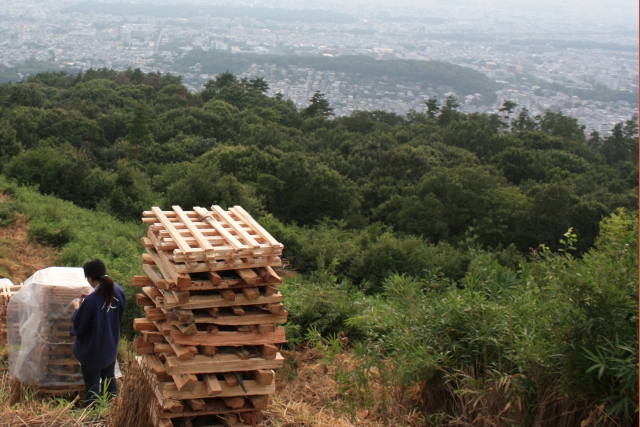
The exact origin remains uncertain, though several theories exist:
Some believe it began in the Muromachi Period (1336–1573) or from a wartime lantern ritual.
Others say the fires originated from small, local traditions that were unified into today’s large-scale format.
Some claim the ritual began on deforested mountains where open slopes made it easier to create symbols with fire.
Originally, people would send off spirits by tossing burning torches toward the sky. Over time, this evolved into lighting fires on the mountains. The ritual embodies prayers for good health, disaster prevention, and ancestor remembrance.
Blessings and Beliefs

Gozan Okuribi is said to bring various blessings:
・ Write your name and ailments on a gomagi (wooden prayer stick) and have it burned to cure illness.
・Wrap the remaining charcoal from the fire in paper and hang it at your door for protection against misfortune.
・Drink water or sake offered in a bowl during the fires to avoid paralysis or disease.
Note: Gomagi are accepted at all mountains except for “Myo” and “Ho.”
How the Fires Work
Each mountain has dozens of hidoko, or fire beds, strategically arranged to form the characters.
For example:
・The “Dai” fire uses about 75 points.
・The Torii shape uses about 108.

🔥 Materials Used
・Matsuwari-gi: Resin-rich pine wood that burns well.
・Gomagi: Prayer sticks with wishes or Buddhist names.
・Oil, cedar leaves, hemp rope: Used to help spread the fire.
🔧 How They're Lit
Dozens of volunteers and preservation society members light the fire beds by hand simultaneously. The fire spreads rapidly across the mountainside, forming characters visible across the city.
Daimonji (大)
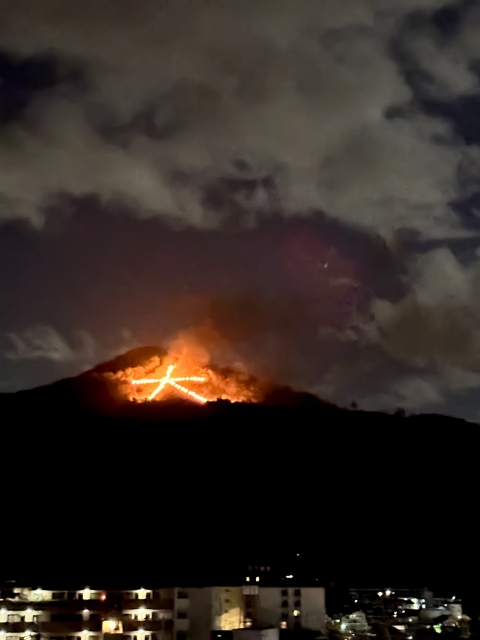
Daimonji (大) – Mt. Nyoigatake, 8:00 PM
Legends & Meanings
・Most famously, it is said that Kōbō Daishi (Kūkai) created the “大” character to protect the city from an epidemic.
・Another tale credits Shogun Ashikaga Yoshimasa, who lit the fire to comfort spirits after building Ginkakuji Temple.
・A third legend speaks of a mountain demon sealed away by monks, with the fire used to keep the spirit dormant.
In folk belief, the “大” character symbolizes Dainichi Nyorai, a cosmic Buddha representing purity and wisdom. The fire is seen as a purifying force guiding souls to paradise.
📍 Best Viewing Spots
① Kamogawa Delta (in front of Demachiyanagi Station)
A classic and iconic viewing spot!
You can sit by the river and enjoy the bonfire at a relaxed pace.
The “Dai” character appears clearly and directly in front of you — a perfect location.
It gets crowded, so arriving early to secure a spot is recommended.
📷 Photogenic: Excellent / Crowds: High
🚶 Access: Right by Demachiyanagi Station
② Along Imadegawa Street (from Kamo Ohashi to Kawaramachi)
The bridges over the Kamo River on Imadegawa Street offer a great view of the “Dai” character.
Relatively easy to access, though be mindful of temporary traffic restrictions.
On clear nights, you may even see other bonfires like “Myō” and “Hō” in the distance.
📷 Photogenic: Good / Crowds: Moderate
🚶 Access: Keihan Demachiyanagi Station, many city buses available
③ Yoshida-yama Park
A hidden gem on higher ground where you can view the “Dai” character from above.
Located near Ginkaku-ji Temple, with some spots offering a clear view through the trees.
The path can be dark at night, so watch your step.
📷 Photogenic: Fair (through trees) / Crowds: Low
🚶 Access: On foot + some uphill walking
④ Around Kitashirakawa (Shifuku-cho, Bettō-cho, etc.)
This area lies right at the base of the “Dai” mountain.
You’ll feel incredibly close to the flames, making for a powerful, immersive experience.
Popular with locals and ideal for those who want a quiet viewing.
📷 Photogenic: Good (but hard to capture the whole character due to proximity) / Crowds: Low
🚶 Access: Bus stops such as “Ginkakuji-michi”
⑤ Kyoto Gyoen National Garden (Kyoto Imperial Palace Grounds)
Relax on the spacious lawns while watching the “Dai” character light up the sky.
A great spot for families and groups.
The atmosphere is calm and safe, even at night.
📷 Photogenic: Excellent / Crowds: Medium to High
🚶 Access: Subway “Marutamachi” or “Imadegawa” Station
MyoHo (妙法)
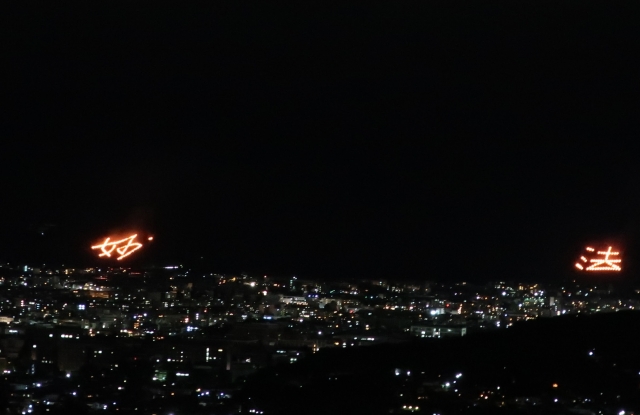
Myo (妙) and Ho (法) – Mt. Matsugasaki, 8:05 PM
Origins and Beliefs
The most famous story involves Nichizo, a disciple of Nichiren, who spread Buddhist teachings in the Kamakura period. Locals lit “Myo” and “Ho” to honor him and guide their ancestors with the power of the Lotus Sutra.
The characters are considered a married pair: “Myo” (male) and “Ho” (female).
Said to protect from lightning and fire, many locals still view the fire from their rooftops.
The fire also has roots in Goma rituals, where people write prayers on sticks and burn them for blessings like health, safety, and prosperity.
🕺 Traditional Bon Dance at the Base
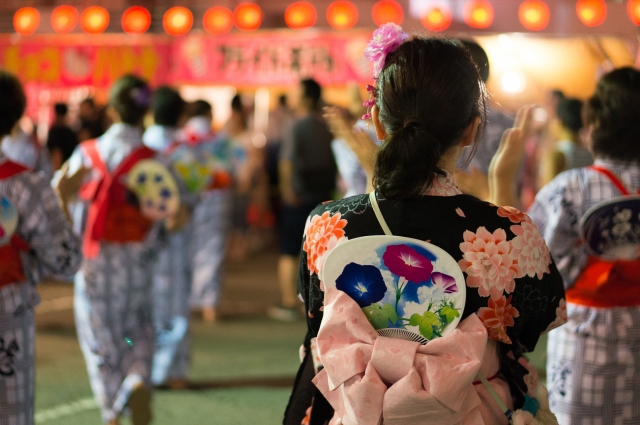
At Yokusenji Temple near the base, a bon odori (bon dance)—believed to be Japan’s oldest—takes place on August 15 and after the fires on the 16th. It’s a warm, community-run festival with lanterns and drums, offering a rare, authentic local experience.
📍 Best Viewing Spots
① Along the Takano River (between Kitayama Street and Matsugasaki Station area)
The best position to see both “Myō” and “Hō” characters clearly lined up side by side.
Especially popular is the east sidewalk along Takano River near Kitayama Street.
A local favorite with plenty of space, offering a calm and relaxed viewing experience.
📷 Photogenic: Excellent
🚶 Access: 5-minute walk from Subway Matsugasaki Station
📌 Recommended arrival time: By 7:30 PM
② Takaragaike Park – North Area
An open space where you can view “Myō” and “Hō” together from a distance.
Generally less crowded at night, making it a safe and peaceful spot for families.
The park can be quite dark, so a flashlight is recommended.
📷 Photogenic: Good
🚶 Access: 10-minute walk from Subway Kokusaikaikan Station
③ In front of Notre Dame Women’s University (along Matsugasaki Street)
A gentle slope in front of the university offers a clear, side-by-side view of “Myō” and “Hō.”
A hidden local gem known to those in the neighborhood.
Perfect for people who prefer to avoid crowds.
📷 Photogenic: Excellent
🚶 Access: Within walking distance from Subway Matsugasaki Station
④ Around Kitayama Ohashi Bridge (Kitayama Street × Takano River)
From this large bridge over the Takano River, you can see both fire characters glowing in the night sky.
The area is well-lit and ideal for yukata photos.
📷 Photogenic: Excellent
🚶 Access: City bus stop “Takanobashi Higashizume” or Subway Matsugasaki Station
⑤ Inside the Eizan Railway (between Shugakuin and Ichijōji Stations)
If the timing is right, you can catch a fleeting view of “Myō” and “Hō” side by side through the train window.
A great option for those who want to enjoy the bonfire while avoiding crowds — and on the move.
📷 Photogenic: Fair (from inside the train)
🚶 Access: Eizan Railway “Shugakuin” or “Ichijōji” Stations
Funagata (Boat Shape)
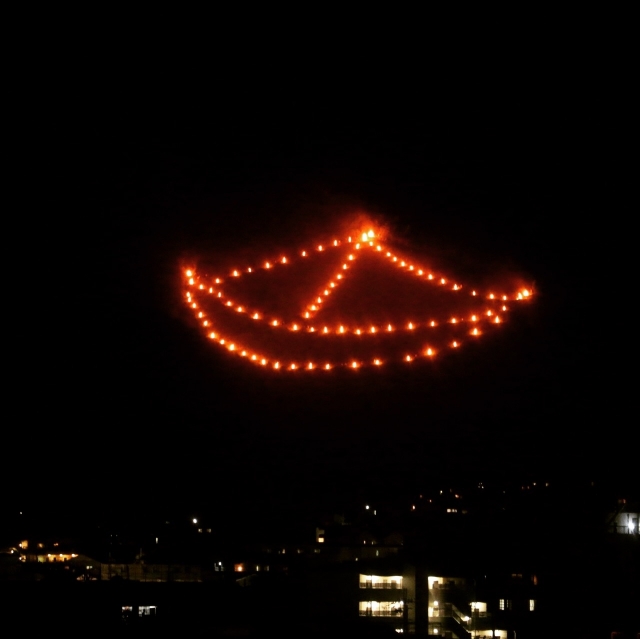
Funagata (Boat Shape) – Mt. Funayama, 8:10 PM
Origins and Beliefs
The most accepted belief is that this represents a boat carrying ancestral spirits back to the afterlife.
Located on Mt. Myoken, a site of worship for Myoken Bosatsu, linked to the Big Dipper and celestial guidance.
A legend tells of a flaming boat floating across the sky after the fires ended—interpreted as the spirit boat beginning its journey.
Locals also write wishes on gomagi, sending their prayers skyward with the fire.
Though more modest in appearance, the gentle curve and soft glow of the Funagata fire gives it an elegant and spiritual feel.
📍 Best Viewing Spots
① Nishigamo Bridge (along the Kamo River)
Top recommended spot! The best place to view the “boat” (funagata) fire character in its most beautiful form.
A peaceful atmosphere as locals gather here to watch.
Cool riverside breeze makes it perfect for yukata photos.
📷 Photogenic: Excellent
🚶 Access: 5-minute walk from City Bus stop “Nishigamo Shako-mae”
📝 Tip: Arrive before 7:00 PM to secure a good spot!
② Riverbank upstream of the Kamo River (northern Nishigamo area)
View the funagata fire slanting upward from the embankment along the river.
Relatively quiet and less crowded — ideal for those who want a relaxed experience.
Bring a picnic and enjoy the evening with food and drinks.
📷 Photogenic: Good
🚶 Access: Mostly on foot within the Nishigamo neighborhood
③ Around Kyoto Sangyo University (near the Kamigamo sports ground)
While slightly farther from the mountain, you can get a good panoramic view of the funagata shape.
Popular among local university students.
Note that buses are infrequent — be sure to check schedules in advance.
📷 Photogenic: Fair (distant view)
🚶 Access: City Bus stop “Kyoto Sangyo Daigaku-mae”
④ Near the intersection of Kamo River and Kitayama Street
Depending on visibility, you might catch a glimpse of the funagata fire along with “Daimonji” and “Left Daimonji” in the distance.
Binoculars or a camera with zoom is helpful to enjoy the full view.
Relatively uncrowded — great for those who want to grasp the whole Gozan event.
📷 Photogenic: Fair
🚶 Access: Subway “Kitaōji” Station + Bus
Hidari Daimonji (左大文字)

Hidari Daimonji (左大文字) – Mt. Okitayama, 8:15 PM
Origins and Beliefs
Believed to be a fire of consolation for the souls of the unknown and unclaimed dead, as the mountain was once a burial ground.
Also associated with mizuko (lost children) memorials.
A local tale tells of a demon that feared fire, giving rise to beliefs in the flame's power to ward off evil.
Named “Left Daimonji” because it is the “Dai” visible to the west (left) of the Kyoto Imperial Palace. Though simpler than the main “Dai,” it is bold and symmetrical.
📍 Best Viewing Spots
① Around “Kinkakuji-michi” Bus Stop
One of the best spots to see the Left Daimonji fire up close and directly in front of you!
Simply standing along the main road offers a clear and unobstructed view of the large “大” character on the mountainside.
Popular among locals and easily accessible by bus.
📷 Photogenic: Excellent
🚶 Access: Right near the “Kinkakuji-michi” City Bus stop
📝 Recommended arrival: by around 19:30
② Kinugasa Goshonouchi-cho Residential Area
Located right at the foot of the mountain, this quiet neighborhood offers a powerful, close-up view of the fire.
Ideal for those who prefer a peaceful atmosphere.
Due to its proximity, taking full photos of the entire “大” can be tricky.
📷 Photogenic: Good (may be too close for full shots)
🚶 Access: From “Kinkakuji-mae” bus stop or on foot
③ In Front of Ritsumeikan University Kinugasa Campus (Shirakawa-bai-cho side)
A local hidden gem with a slanted but clear view of the fire along a university commuting route.
Frequented by students and nearby residents who enjoy a calm viewing experience.
📷 Photogenic: Good
🚶 Access: City Bus to “Ritsumeikan Daigaku-mae” stop
④ Funaokayama Park Observatory
From this scenic hilltop observatory, you can overlook Kyoto city and even see multiple fires at once—including “Left Dai,” and on some nights, “Torii-gata” and “Funagata.”
Perfect for those who want a panoramic Five Mountains view.
Bring comfortable walking shoes and a flashlight for the uphill path.
📷 Photogenic: Excellent
🚶 Access: 10-min walk from “Takeisao Jinja-mae” bus stop (via trail)
⑤ From Hirano Shrine to Kitano-Hakubaicho Intersection
A highly photogenic spot where you can frame both a shrine torii gate and the “Dai” character in one shot.
Convenient location with nearby cafés and convenience stores.
📷 Photogenic: Excellent
🚶 Access: 5-min walk from Randen “Kitano-Hakubaicho” Station
Torii-gata (鳥居形)
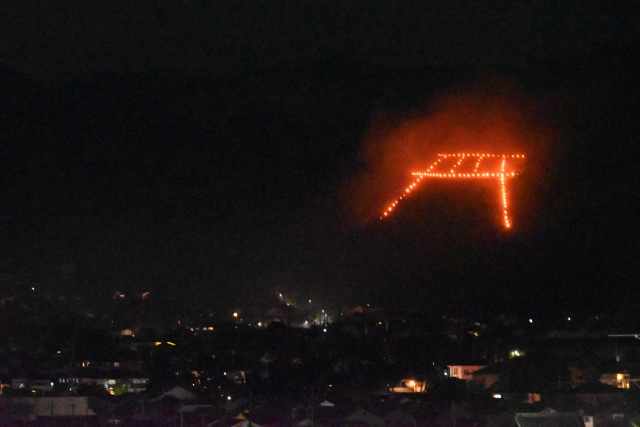
Torii-gata (鳥居形) – Mt. Mandara, 8:20 PM
Origins and Beliefs
The fire symbolizes the gate to the divine realm—a final passage through which spirits return to the gods.
Tied to Atago mountain worship, where fire is seen as a sacred offering to the fire-protecting deity.
One tale says Kobo Daishi drew a fiery torii on this slope to stop an epidemic.
Uniquely Shinto in nature, the Torii fire differs from the more Buddhist-rooted other fires.
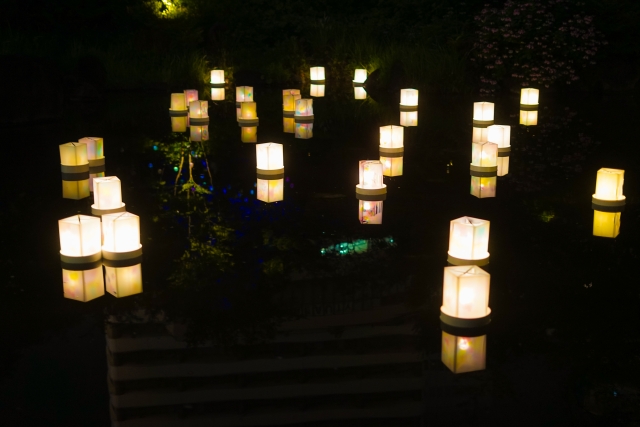
🏮 Lantern Floating on the Same Night
On the evening of August 16, Arashiyama hosts a lantern-floating ceremony at Nakanoshima Park. Lanterns bearing the names and messages of ancestors are floated down the river as monks chant and bells ring.
From Togetsukyo Bridge, you can view the floating lanterns alongside the Torii fire—a truly magical scene.

📍 Best Viewing Spots
① Around Togetsukyo Bridge (Arashiyama area)
A classic Arashiyama sightseeing location where the Torii-shaped fire beautifully appears across the river.
It’s the only spot where you can enjoy both the “Arashiyama Lantern Floating” and the fire lighting together ✨
One of the most atmospheric places to experience the ceremony, especially with many people in yukata.
📷 Photogenic: Excellent (perfect combo of lanterns + fire)
🚶 Access: Within walking distance from Randen "Arashiyama Station" or Hankyu "Arashiyama Station"
⚠️ Extremely crowded! Arrive early—before 18:00 is recommended
② Nakanoshima Park (inside Arashiyama Park)
Located just downstream from Togetsukyo Bridge, this park offers a frontal, unobstructed view of the Torii-shaped fire.
The grassy area is well-maintained like a viewing terrace—great for bringing a leisure sheet and enjoying a picnic-style experience.
📷 Photogenic: Excellent
🚶 Access: Same as above
🌿 Toilets and food stalls available
③ Horin-ji Temple Grounds (Daruma Temple)
Located uphill on the south side of Togetsukyo Bridge, this quiet temple offers a slightly elevated view of the fire.
Less crowded and ideal for those who wish to observe the ceremony peacefully.
📷 Photogenic: Good
🚶 Access: About a 10-minute walk from Hankyu "Arashiyama Station"
🕊️ Please keep quiet as the area is residential
④ South Shore of Hirosawa Pond
Famous for the magical mirror-like reflection of the fire on the water—known as the “Upside-down Torii.”
Highly popular among photographers and those seeking a serene, spiritual atmosphere.
Less crowded due to the distance from central Arashiyama.
📷 Photogenic: Excellent (the mirrored fire is mesmerizing)
🚶 Access: 10-minute walk from City Bus “Yamagoe” stop
🕯️ Bring a flashlight and insect repellent
Experience the Sacred Fires in Kimono
The fiery characters lighting up the Kyoto sky are more than just a sight—they’re prayers, traditions, and memories passed down through centuries.
Why not experience this sacred summer night dressed in a beautiful kimono or yukata?
Strolling through Kyoto’s serene evening in traditional attire, with a fan in hand and the scent of summer in the air, will make you feel like you’ve stepped back in time. It's a moment you’ll never forget—and a photo you’ll treasure forever.
Rental Kimono Okamoto offers the largest selection of kimono in Kyoto, along with professional dressing and hairstyling services to help make your day truly special.
We look forward to welcoming you and helping you enjoy a magical Kyoto evening in style.

Rental Kimono Okamoto – Fushimi Inari Store
〒612-0807 Kyoto City, Fushimi-ku, Fukakusa Inari-Nakanocho 45-1
TEL: 075-634-8900
Website: www.okamoto-kimono.com
Instagram: @rentalkimonookamoto
TikTok: @rentalkimono_okamoto
Facebook: Rental Kimono Okamoto
X (formerly Twitter): @okamotokimono
Lit.link: lit.link/rentalkimonookamoto
Arashiyama Shop
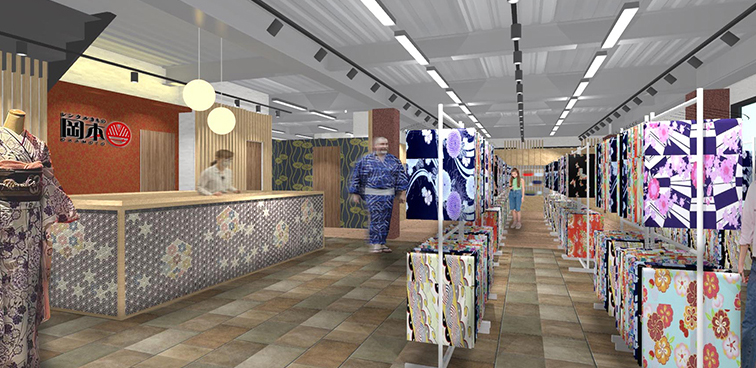
48-4 Saga Tenryuji Kitatsukurimichicho, Ukyo-ku, Kyoto 616-8374, Japan
Phone: +81-75-950-0805 / Fax: +81-75-950-0806 / E-mail: arashiyama@okamoto-kimono.com
Nearest Station: Arashiyama (Randen Line) / JR Saga-Arashiyama Station
Rental Kimono Okamoto - Fushimi Inari shop
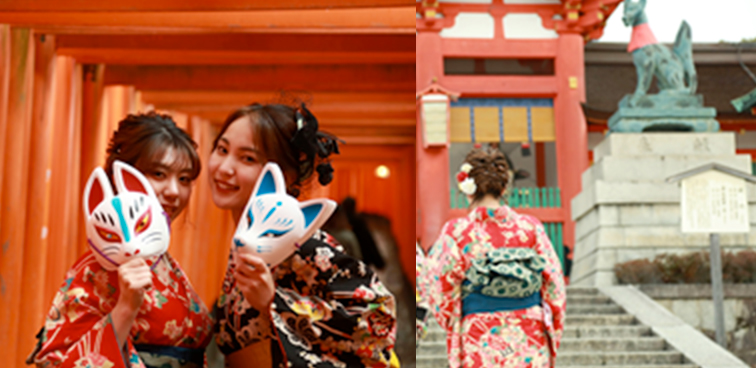
45-1, Fukakusa Inarinakanocho, Kyoto Shi Fushimi Ku, Kyoto Fu, 612-0807, Japan
Tel. +81-75-634-8900 / FAX +81-75-634-8901 / E-mail E-mail fushimiinari@okamoto-kimono.com
Nearest Station: JR Inari Station / Keihan Fushimi Inari Station
Rental Kimono Okamoto Gion Shop
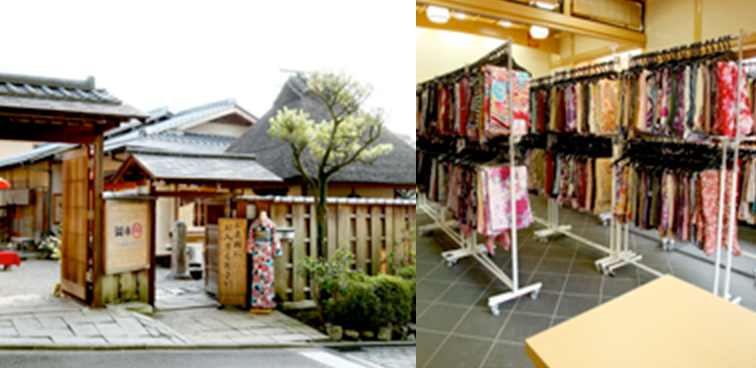
523 Washiocho, Higashiyama-ku, Kyoto 605-0072
Tel. +81-75-531-7890 / FAX +81-75-531-8383 / E-mail gion@okamoto-kimono.com
Nearest stop: City Bus Gion Stop
Rental Kimono Okamoto Kiyomizu Higashiyama Shop
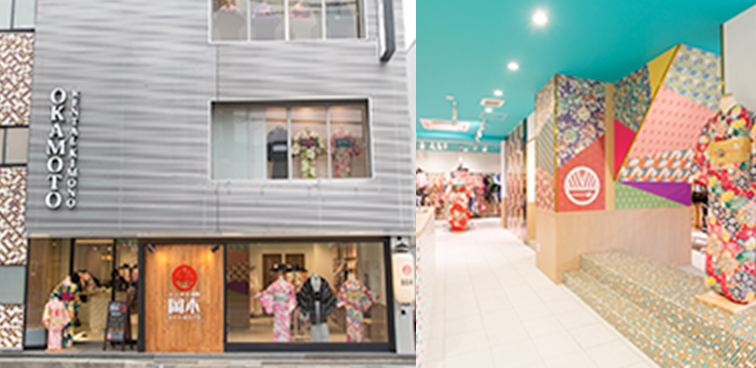
110-9 Tatsumicho, Higashiyama-ku, Kyoto 605-0855
Tel. +81-75-533-8900 / FAX +81-75-533-8910 / E-mail kiyomizuhigasiyama@okamoto-kimono.com
Nearest stop: City Bus Kiyomizumichi stop
Rental Kimono Okamoto Kiyomizu Shop
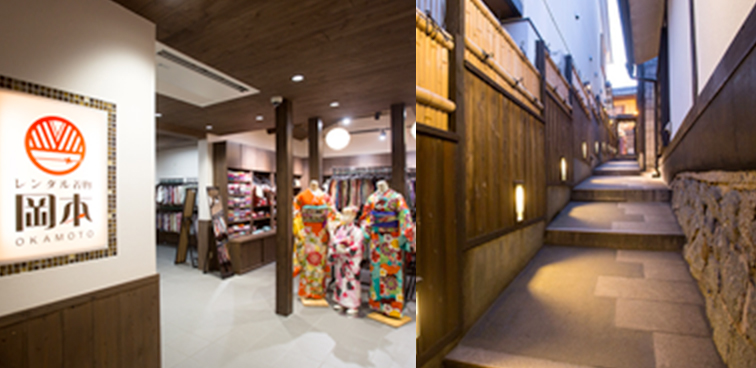
2-237-1-1 Kiyomizu, Higashiyama-ku, Kyoto 605-0862
Tel. +81-75-525-7115 / FAX +81-75-533-8960 / E-mail kiyomizuzaka@okamoto-kimono.com
Nearest stop: City Bus Kiyomizumichi stop
Rental Kimono Okamoto Main Shop
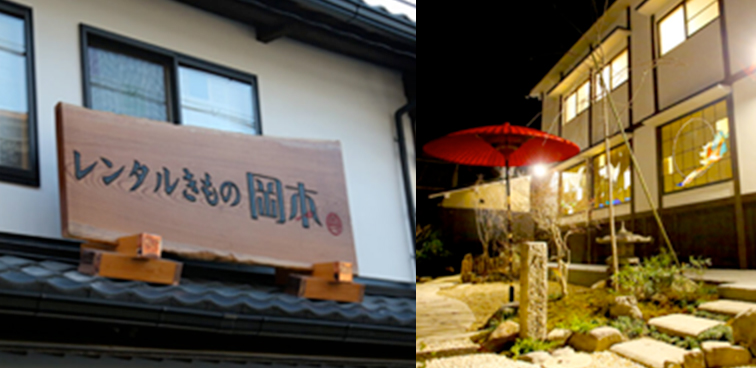
6-546-8 Gojohashihigashi, Kyoto Higashiyama-ku, Kyoto 605-0846
Tel. +81-75-532-1320 /Fax +81-75-532-1480 / E-mail honten@okamoto-kimono.com
Nearest stop: City Bus Gojozaka Stop
Rental Kimono Okamoto Yasaka Jinja Shop
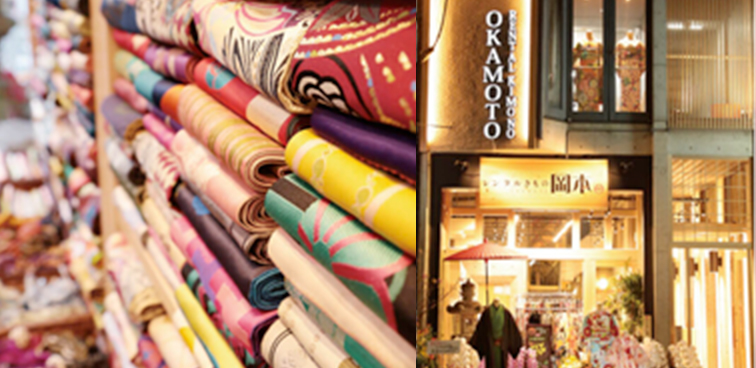
301-1 Gioncho, Higashiyama-ku, Kyoto 605-0073
Tel. +81-75-532-0510 / FAX +81-75-532-0511 / E-mail yasakajinja@okamoto-kimono.com
Nearest stop: City Bus Gion Stop







